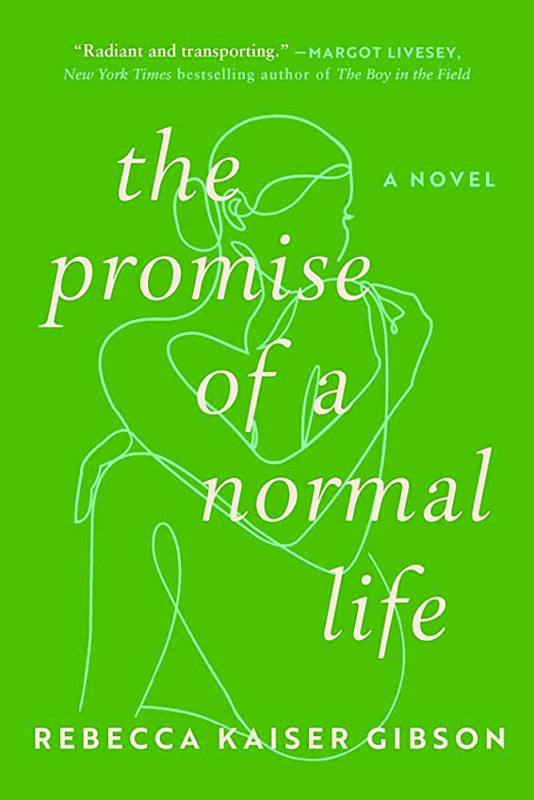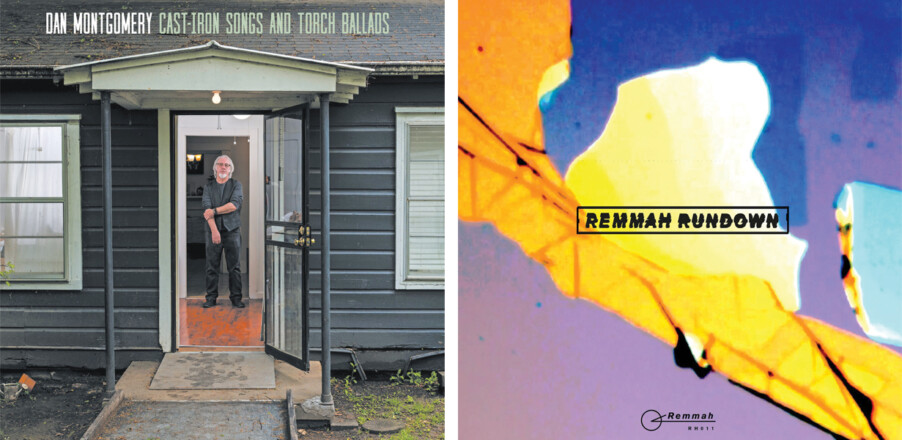Nashua Center for the Arts welcomes Suzanne Vega
On her 2020 live album, An Evening of New York Songs and Stories, Suzanne Vega covers Lou Reed’s “Walk on the Wild Side” and talks about how seeing him perform while she was in college changed her view of rock music. Vega was then a folkie, deep into Bob Dylan and Leonard Cohen. “To me, rock ’n’ roll was that thing that other people do,” she said in a recent phone interview.
Reed’s “blunt, graphic depictions” of New York life grabbed her. “I thought, wow, you can write about these things. When I first saw it, I found it repulsive; then I became fascinated. … I wanted to take it in so I could do it myself.”
On songs like “Tom’s Diner,” “Frank and Eva,” “New York is a Woman” and the poignant “Anniversary,” an ode to 9/11, Vega is a vital chronicler and erudite ambassador of her home city. On April 15 she’ll take the stage at the just-opened Nashua Center for the Arts, the second nationally touring act to play there. It’s also one of her first New Hampshire shows in a while.
The evening will also feature selections from Lover, Beloved, the film version of which premiered last year at South by Southwest. Written by Vega, the one-woman show began in 2011 as Carson McCullers Talks About Love. It’s a work in progress, she said. “In time, I’d love to see a transgender actor play her, especially in Act 1.”
Vega discovered the author of The Heart is a Lonely Hunter and The Ballad of the Sad Café when a musical theater teacher assigned the task of dressing up and taking questions as someone in the arts who was no longer alive.
“I’d seen a photograph of Carson McCullers, and I thought to myself … I could probably play that woman, whoever she is,” she recalled. Then she read the Southern Gothic writer’s biography. “I loved her character, I loved the fact that she was this young woman in the 1940s with super-liberal politics and a precocious, freakish talent for writing. She was so fearless in her imagination; and I also loved that she drank and smoked like Hemingway.”
McCullers was also hopelessly drawn to the Big Apple, a topic Vega covers on “New York is My Destination” from Lover, Beloved. “New York is where I will be from,” she sings implacably. “New York is made for grander things / Just. Like. Me.”
Vega’s highest-charting hit is “Luka,” the second single from her 1987 album Solitude Standing. For years, she told anyone who asked that the story of an abused child came from her imagination, but 2021, Jay Lustig, a writer who was working on a series for The Museum of New York, approached her for an interview. Their initial conversation would lead to Vega declaring for the first time, “There was abuse in my family; I am actually Luka.”
She said Lustig approached his task as a historian, not a journalist. “He said, ‘I know your secret, and I know this because I watched the videos of your stepfather’s memorial, and I saw your sister’s speech. So I know that you’re an abused child.’ He just put it to me bluntly that way.”
Lustig offered her the choice of talking for publication with her abuse as the premise or walking away.
“I thought, OK, finally, I have someone who’s gonna force my hand,” she recalled. “There’s no point in saying my usual thing which is — I don’t lie, I say, ‘Yes, there was a boy, his name was Luka, he lived upstairs from me, he was not abused, but I’ve known children who were abused over the years.’ Since he’d presented it very thoughtfully and sensitively, I thought to myself, I don’t think I’ll ever get another chance like this to actually delve into it, and so that interview remains a very special moment in time.”
Surprisingly, response to her revelation was muted.
“I thought that this was a story that would go viral, everybody would be asking questions and carrying on. Almost nobody talks about it, it’s kind of stunning,” she said. “I did get letters from people who were abused as children, saying, ‘We already knew’” — though at most three people over the years had ever intimated they suspected.
“People close to me said, are you going to make a formal announcement? I thought, there’s no reason,” she continued. “I mean, that is the formal announcement. It’s not up to me to push it along, it’s there. If people want to talk about it, I’m into it. If they want to talk about other things, that’s fine too.”
Suzanne Vega – An Intimate Evening of Songs and Stories
When: Saturday, April 15, 8 p.m.
Where: Nashua Center for the Arts, 201 Main St., Nashua
Tickets: $49 and up at etix.com
Featured photo: Suzanne Vega. Courtesy photo.






